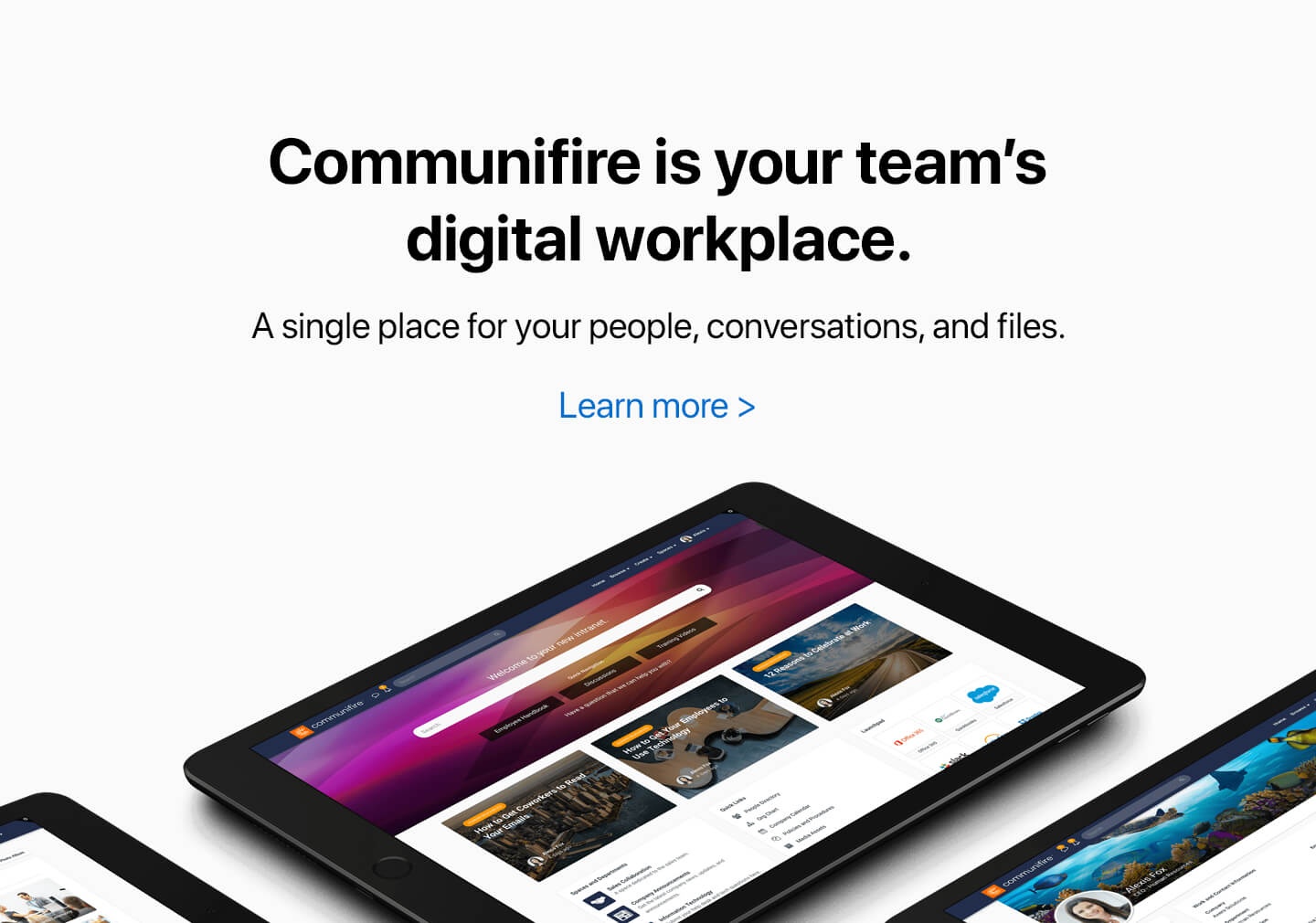Employee Engagement.
— Manager
If you think employee engagement is a first-world problem, you might be surprised. According to the Biggest Challenge at Work poll, managers in India and Mexico are just as stumped about it as are managers in California. Which confirms my hypothesis: employee engagement is a human problem.
It doesn’t matter if you are in a rich country or a poor one. There are human people everywhere. Not only geographically speaking, but also in every layer of management, every department, and every line of work.
Here are a handful of managers who downloaded 22 Surefire Ways to Boost Employee Engagement. Can you spot one thing they all have in common?
| Job Title | Biggest Challenge at Work |
|---|---|
| Manager Corporate Communications | “Employee engagement” |
| Manager Human Resources | “Employee engagement” |
| Marketing Manager | “Employee engagement” |
| Nurse manager | “Employee engagement” |
| Office Manager | “Employee engagement” |
| Product Manager | “Employee engagement” |
| President | “Employee engagement” |
| Restaurant General Manager | “Employee engagement” |
| Change Manager | “Employee engagement” |
Disengagement is not just cubicle boredom. It’s an occupational hazard of every single job. And, as with health hazards, an ounce of prevention is worth a pound of cure. But how do we prevent disengagement? The answer will become clear once we understand what makes it a universal problem and why it’s so widespread.
When you think about it, employee engagement is an oxymoron. Employees are people hired to do someone else’s work. To serve someone else’s purpose. To take care of someone else’s customers. To further someone else’s career and achieve someone else’s goals.
Engagement, on the other hand, implies ownership, taking charge, and lending your spirit to the work you do. The two are naturally at odds. And it’s only a matter of time before your employee discovers that and things get off track. Your good employee quits. Your average employee turns in a subpar performance. And your bad employee lets you down at the worst possible moment.
Unless…
Well, unless you do something about it.
I once heard a hair-salon owner complain loudly about one of her employees. She had sent him to expensive training, only to find out later that he had set up his own shop behind her back. She went out on a limb to promote this guy. Yet she completely failed to recognize his true ambition.
I felt for her. At the same time, I made a mental note to stay on top of my key people’s career dreams. Not only to know what they want, but to demonstrate in word and deed that I fully support them. Sure, people can hide their intentions. It was my job to let them know I was on their side, so they wouldn’t have to keep them from me.
So, what can you do about employee engagement? The first thing to do is to realize that they don’t owe it to you. Employees get paid for their time. But all the magic that makes their time worthwhile happens on a whole different plane of existence.
Your employees owe you no loyalty, enthusiasm, or even respect. You must earn these from scratch. It’s called relationship building. You must never take your employees for granted. It’s called acknowledgment. And you must constantly check that you and your people are on the same page. It’s called communication.
Managers love to use the word drive. Drive this. Drive that. There’s even a best-selling book for managers called Drive. But how do you drive people? All the books say the same thing: each person comes with his own set of inner drivers. Some are obvious. Others are hidden. To engage, you must connect with the inner drivers—yours or anyone else’s. And, as much as I’d love to say that I’ve mastered the game, not a day goes by that I don’t learn something new about it.
I recently read a great article called The One-Sentence Persuasion Course: 27 Words to Make the World Do Your Bidding. In the article, Blair Warren gives five reasons some people can turn strangers into die-hard followers. He talks about marketers, politicians, and cult leaders—but he might as well be talking about managers and employers. When it comes to motivating people, we could all use a little more pull.
It’s an age-old question: is leadership natural or is it a skill we can learn? In the next post, we’ll dive into Blair Warren’s five keys to persuasion and what they mean for employee engagement. You might discover that you’ve been a natural leader all along. Or—if you are like me—you might learn an awful lot.
If you are a manager, you might like my book, because you love it when you can count on people to do the job right.












 info@axerosolutions.com
info@axerosolutions.com 1-855-AXERO-55
1-855-AXERO-55


